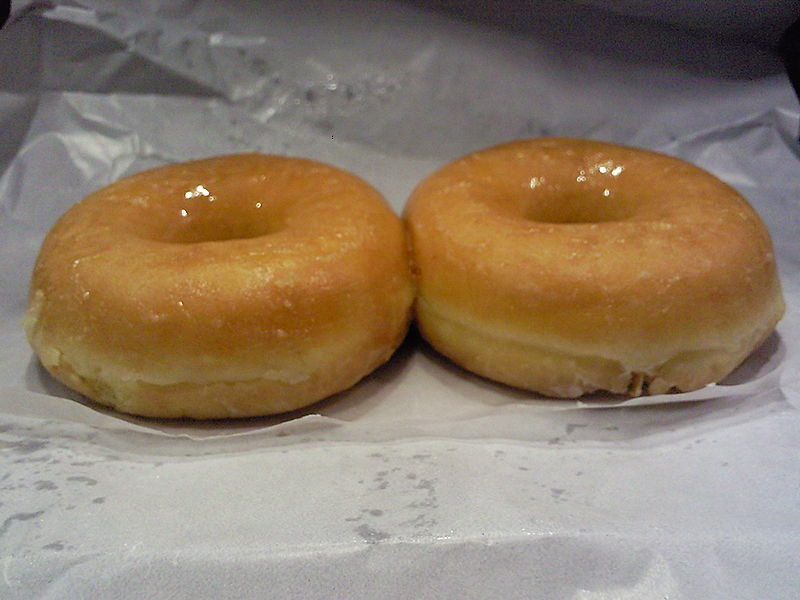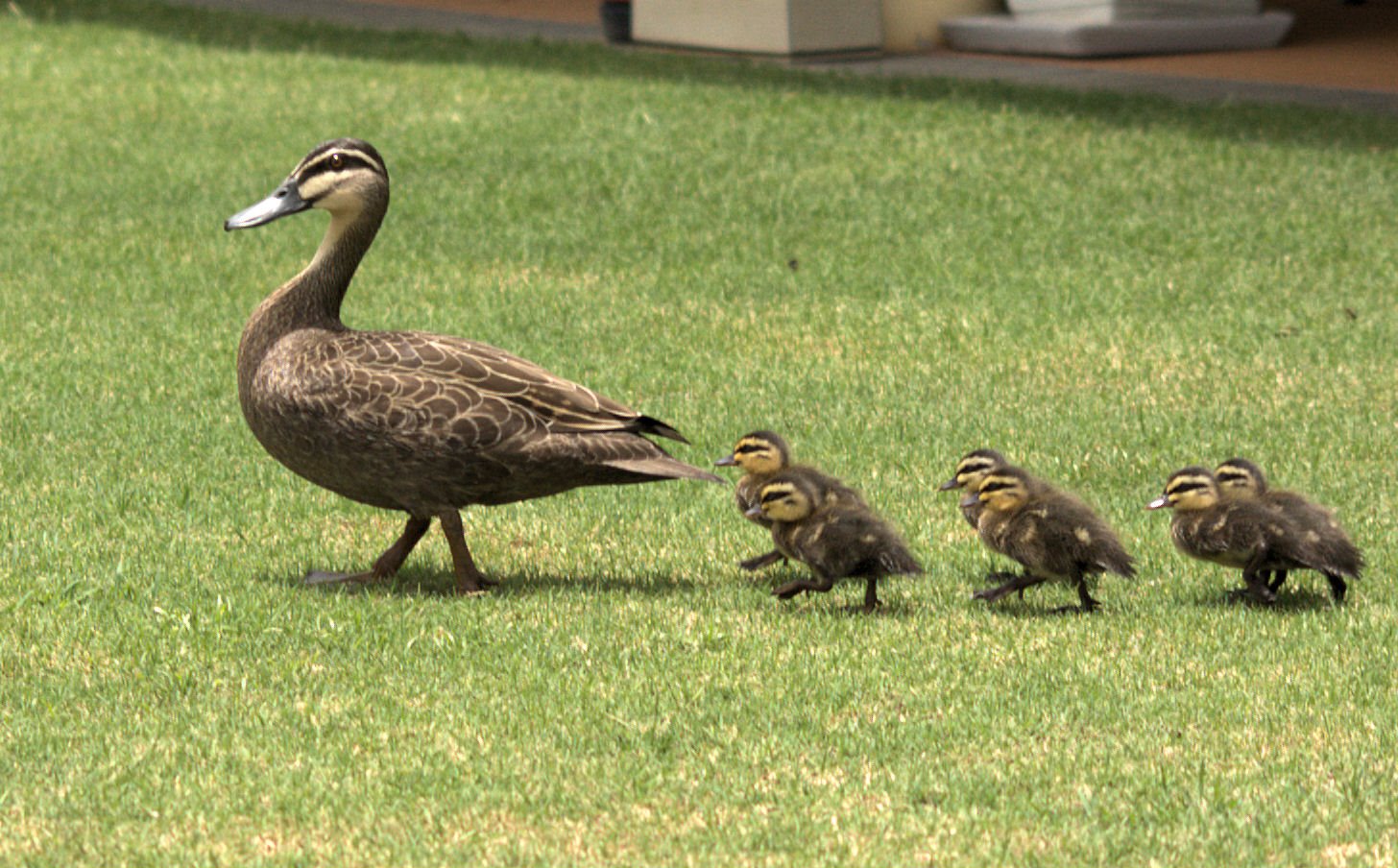 This word has bothered me for many years. It provides a good example of Edward Sapir’s theory of Linguistic Drift, and I warn writers to take care when using this intellectual-sounding adjective. It has drifted from a positive sense to a negative one and back to positive again!
This word has bothered me for many years. It provides a good example of Edward Sapir’s theory of Linguistic Drift, and I warn writers to take care when using this intellectual-sounding adjective. It has drifted from a positive sense to a negative one and back to positive again!
Often I hear journalists on radio, or more likely corporate or governmental officials, describing the “fulsome praise” heaped upon this or that person. There’s a problem here; these speakers mean “generous” or “universal” when one older meaning of fulsome is, in fact, a little stinky. If we add the verb “heaped” it all becomes, well, piled higher and deeper in its fulsomeness.
The word is English and it is very old. The OED Online cites uses from as early as the 14th Century, and this lovely example a century closer to us, “As a fulsome well Shedith his stream in to þe ryvere” can be updated to, “as a fulsome well sheds its stream into the river.” Here the sense is copious, overflowing, positive. And therein lies a problem with “fulsome,” as well as its closeness, phonetically, to the unabashedly bad “foul.” The OED notes that fulsome acquired a dubious reputation thanks to that kinship, though in recent years the positive aspect of fulsome gained more usage.
A 19th Century example from the OED helps, “My complaint of the world..is this—that there is too much of everything..and so I could go on enumerating..all the things which are too full in this fulsome world. I use fulsome in the original sense.”
In this original sense, fulsome means “too much of a good thing.” It is one thing to be praised, another entirely to be fawned over by a sycophant. That sense of excess takes us to the OED’s other definitions. They include fleshy, obnoxious, overfed, lewd, bawdy, dirty, difficult to digest, filthy! In my mind’s eye I immediately envisioned the engravings of William Hogarth, whose “Tavern Scene” from the series “The Rake’s Progress” appears above. Try as I might, we are back to Spring Break Bacchanalia, after all!
An 1828 example from the OED is “the close, hot, fulsome smell of bad ventilation.” My 1953 edition of Webster’s New Collegiate gives no positive definitions, emphasizing only the offensive nature of the term. My more recent American Heritage Dictionary, a volume that includes usage notes, warns readers about the double-edged meaning of our word of the week.
We have lost most derogatory senses of the word, along with the noun form of fulsome, but I remain uncomfortable when I hear about “fulsome praise,” perhaps the last holdout of a word that describes excess in all its forms. Again, I am reminded of Hogarth’s satirical drawings. The Rake’s Progress did not end well.
We have here not a question of grammar or even proper usage but rather of precise usage. So the next time you plan to honor someone who had received a reward, you might instead talk or write about “universal praise,” “widely praised,” “acclaimed,” or “greatly honored.” I, for one, would leave “fulsome” behind, unless you want to poke fun at someone being followed around by a platoon of yes-men.
Update, 3/26/18: I took a peek at Bryan Garner’s excellent A Dictionary of American Usage for advice. He calls fulsome a “skunked term,” meaning that the scent of its earlier (in this case, negative) meaning clings to it for a long time. Garner suggests “lavish” as an alternative adjective when speaking of praise.
Nominate a word by e-mailing me (jessid -at- richmond -dot- edu) or leaving a comment below.
See all of our Words of the Week here.
Hogarth image courtesy of The Victorian Web.
 The world of business provides few enough beautiful words, but this week’s is a favorite of mine, less for its mouthfeel and more for its utility. A person shows both their age and their financial sense when they can employ “amortize” and “amortization” well.
The world of business provides few enough beautiful words, but this week’s is a favorite of mine, less for its mouthfeel and more for its utility. A person shows both their age and their financial sense when they can employ “amortize” and “amortization” well.









